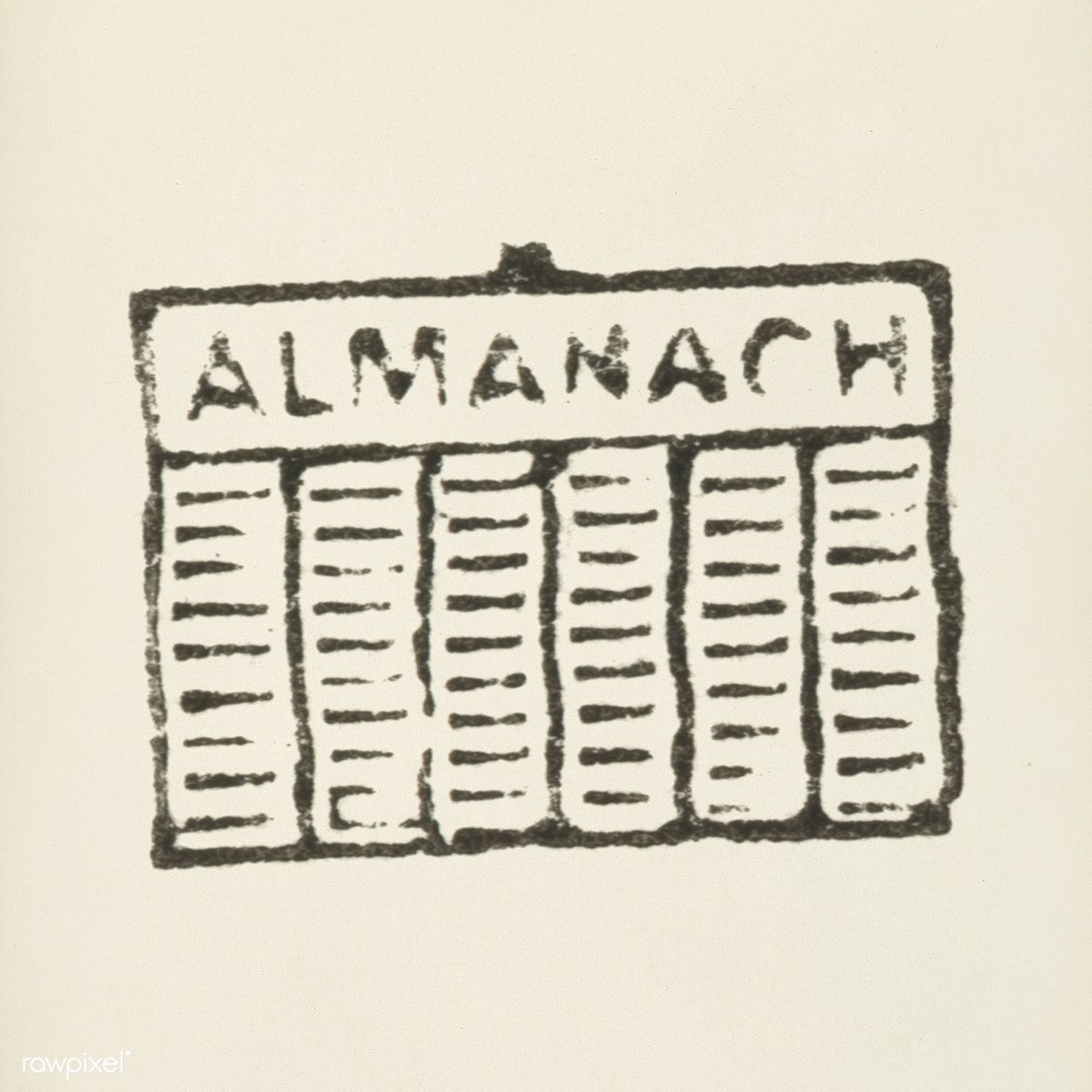Weather Observations
Nathan Smith-Manley
Last Update 2 jaar geleden
Weather observations are made using a variety of instruments and methods, including:
Thermometers: Used to measure temperature, thermometers may be located in shelters or exposed to the air, depending on the type of measurement being taken.
Barometers: Used to measure atmospheric pressure, barometers may be either aneroid or mercury-based, and are typically located in a sheltered area.
Hygrometers: Used to measure humidity or moisture content in the air, hygrometers may be either mechanical or electronic, and may be located in a sheltered area or exposed to the air.
Anemometers: Used to measure wind speed, anemometers may be either cup or propeller-type, and are typically mounted on a mast or tower.
Rain gauges: Used to measure precipitation, rain gauges may be either manual or automatic, and are typically located in a sheltered area.
Weather balloons: Used to collect atmospheric data, weather balloons may carry instruments such as radiosondes, which measure temperature, humidity, pressure, and wind speed at various altitudes.
Weather satellites: Used to monitor weather patterns from space, weather satellites provide valuable data on cloud cover, temperature, precipitation, and other meteorological conditions.
In addition to these instruments and methods, weather observations may also be made using human observation and reporting, such as by trained weather spotters or through citizen science programs. Regardless of the method used, weather observations are critical for understanding current weather conditions, predicting future weather patterns, and issuing weather alerts and warnings to the public.

